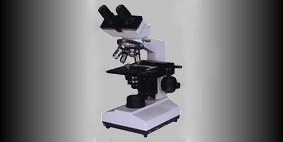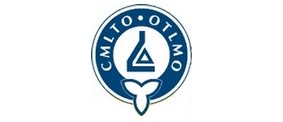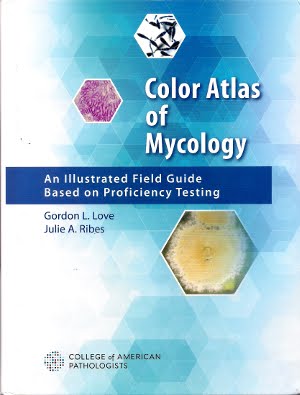The flagellate Giardia lambila was first discovered by Leeuwenhoek in 1681 in his own stool but was not described in detail until 1859 by Lambl - hence the species named in his recognition.
Giardia lamblia has worldwide distribution and is the most commonly diagnosed intestinal parasite. It has an increased prevalence in children and daycare facilities probably due to the oral-fecal transmission.
Considerable debate continues on speciation and nomenclature of Giardia.
Giardia lamblia exists in two forms, a motile trophozoite form and the infective cyst form.
Trophozoites;
- multiply by longitudinal binary fission.
- most commonly found in the crypts of the duodenum.
- cyst formation takes place as the organism moves down through the colon.
- trophozoite is described as “leaf shaped”.
- trophs have four sets of flagella for motility.
- trophs have a sucking disc which facilitates attachment to mucosal surfaces.
- trophs have two nuclei, two axonemes, and two median bodies.
- trophs are approximately 10 to 20 m by 5 to 15 m in size.
Cysts;
- cysts are much more resistant to environmental conditions than the trophs.
- cysts are usually oval shaped but may appear round.
- cysts contain four nuclei, axonemes and median bodies.
- cysts normally measure 11 to 14 m by 7 to 10 m in size.
Clinical Disease;
- Giardia may be present in some without causing noticeable disease.
- Giardia lamblia is not penetrating/invasive but lives in the duodenal crypts and feeds off of mucosal secretions.
- in symptomatic cases there may be irritation of the mucosal lining causing diarrhea with resulting dehydration. There may be epigastria pain and increased flatulence.
Diagnosis;
- laboratory diagnosis is usually made by microscopically identifying the organism in stool samples. Both concentrates and stained smears are employed.
-cyclical shedding of the organisms made require a minimum of three samples taken over several days to ensure diagnosis.
- alternative methods such as a Entero-test capsule or ELISA tests are available.
- serological tests have not proven to be useful at present.
Transmission & Prevention;
- transmission is by ingestion of viable cysts
- contaminated food, water are frequently the source infection.
- found more frequently in people living in close quarters and in children that share contaminated fomites (toys, etc.)
- higher rates found in hikers, campers and canoeists that ingested contaminated water. Various animals such as the beaver can be the source of the organism, hence the slang term “Beaver Fever” often given to an outdoor acquired illness.
The illness may be self limiting however Metronidazole (Flagyl) is effective in eradicating the organism.
Microphotographs of Giardia lamblia (Below) stained with Hematoxylin & Eosin.

I always noted the similarity between the Giardia lamblia trophozoite morphology and Edvard Munch’s 1893 painting entitled ‘The Scream’. Perhaps Edvard had a bout of Giardiasis, the agony which inspired both the painting and title.
 With apologies to Edvard Munch
With apologies to Edvard MunchAnother fine sample came my way and I thought I'd add a few pics of Giardia lambia trophs & cysts in an unstained concentrate as well as pictures of both trophs & cysts in the same photo stained with Iron Hematoxylin.
 Giardia Cyst (Lower Left) and Giardia Troph (UpperRight)
Giardia Cyst (Lower Left) and Giardia Troph (UpperRight)Mixed bacteria & few yeast cells also present
Iron Hematoxylin (X1000)
(click on photo to enlarge for better viewing)
 Giardia cyst (left) and troph (right) X1000
Giardia cyst (left) and troph (right) X1000(click on photo to enlarge for better viewing)
 3 Trophs & 3 Cysts
3 Trophs & 3 Cysts(click on photo to enlarge for better viewing)
 Ditto; Two Pairs of Each
Ditto; Two Pairs of Each(click on photo to enlarge for better viewing)
 Giardia lamblia in stool sample from patient with profuse diarrhea (X400)
Giardia lamblia in stool sample from patient with profuse diarrhea (X400)(click on photo to enlarge for better viewing)
Return Home Most Recent Posts





.jpg)























